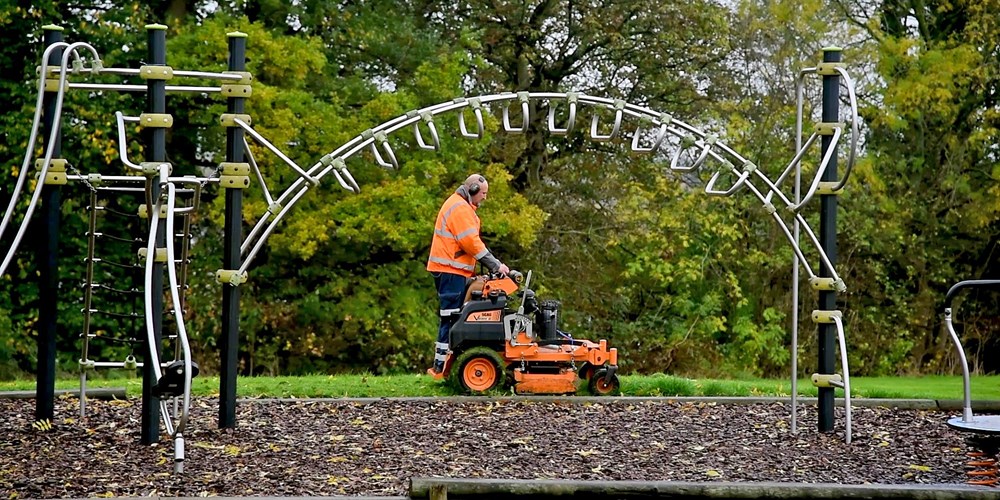A NEW ten-year plan for the management of Leicester’s vast urban grassland has been launched as part of the city council’s response to the climate emergency.
Around 14 per cent of Leicester’s total surface area is council-managed grassland. That includes parks, public squares, roadside verges, grassed areas on housing estates, meadows, and nature areas.
In total, Leicester City Council manages and maintains 1,030 hectares of grassland – or the equivalent of around 2,500 football pitches.
But rather than keeping every square metre of this valuable resource manicured and match-ready all year round, a new strategy sets out how managed areas of longer grass can benefit the environment and provide space for nature to thrive.
Grassland and wildflower areas provide a haven for wildlife and a lifeline for bees and other pollinating insects.
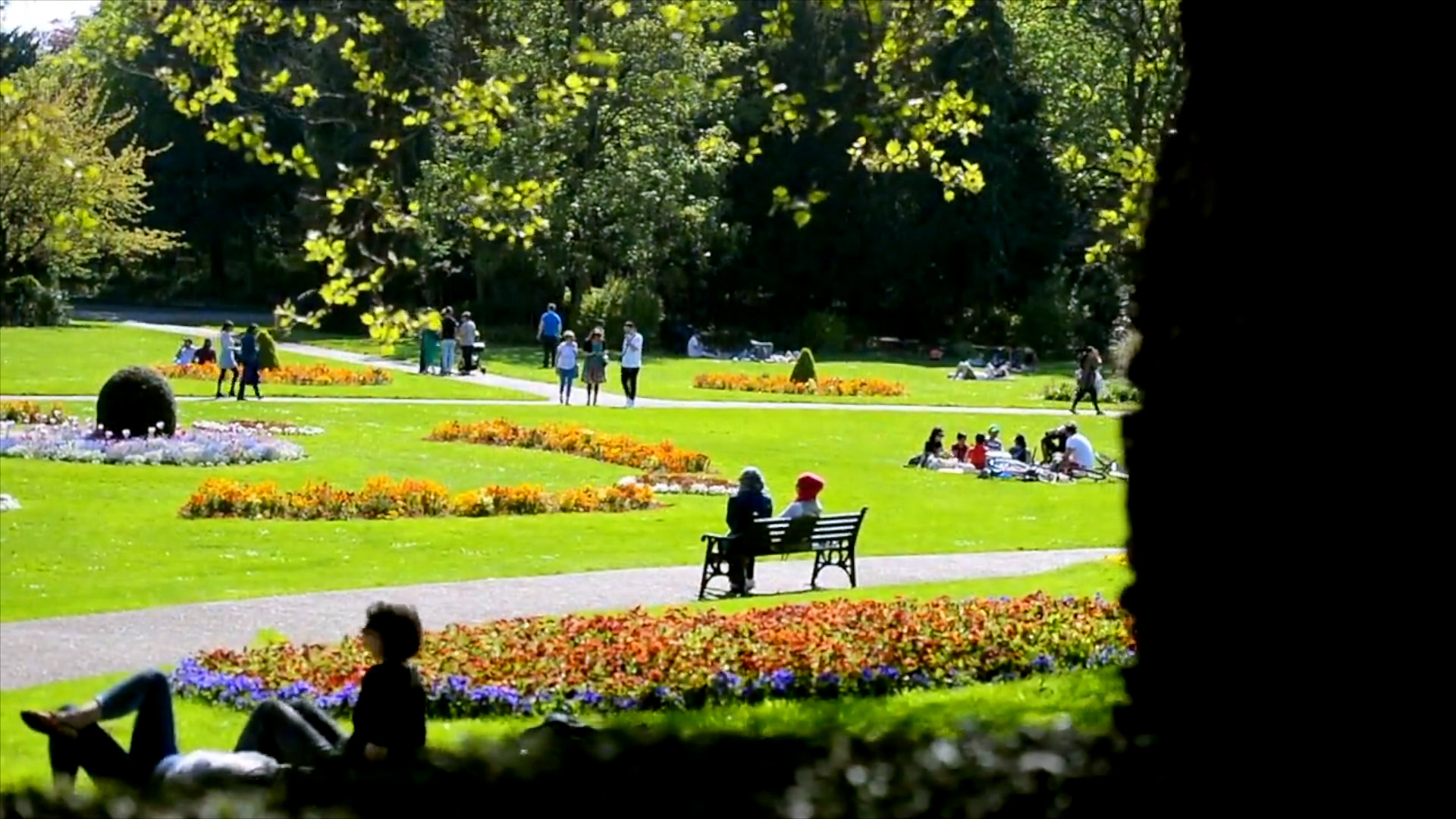
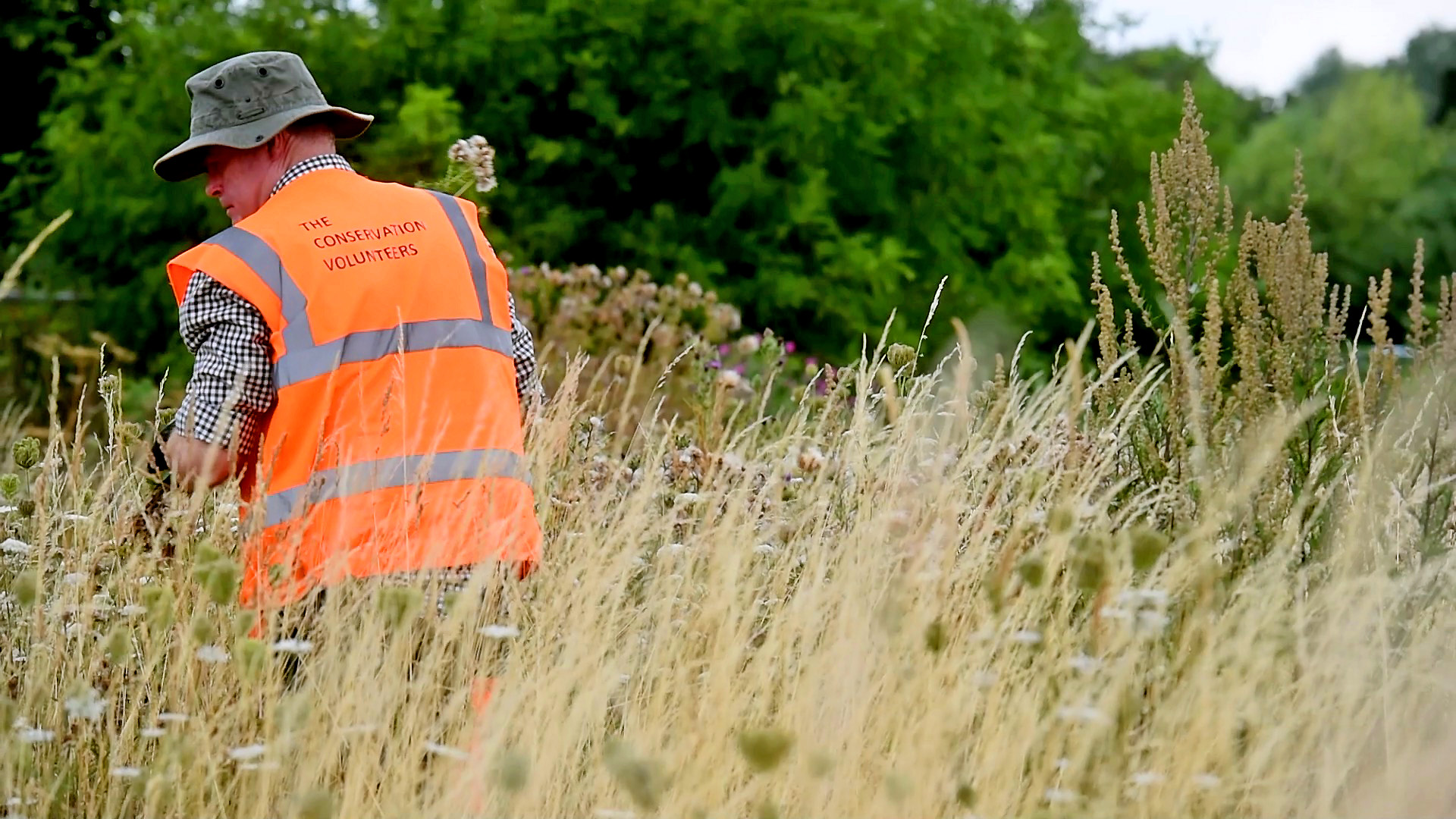
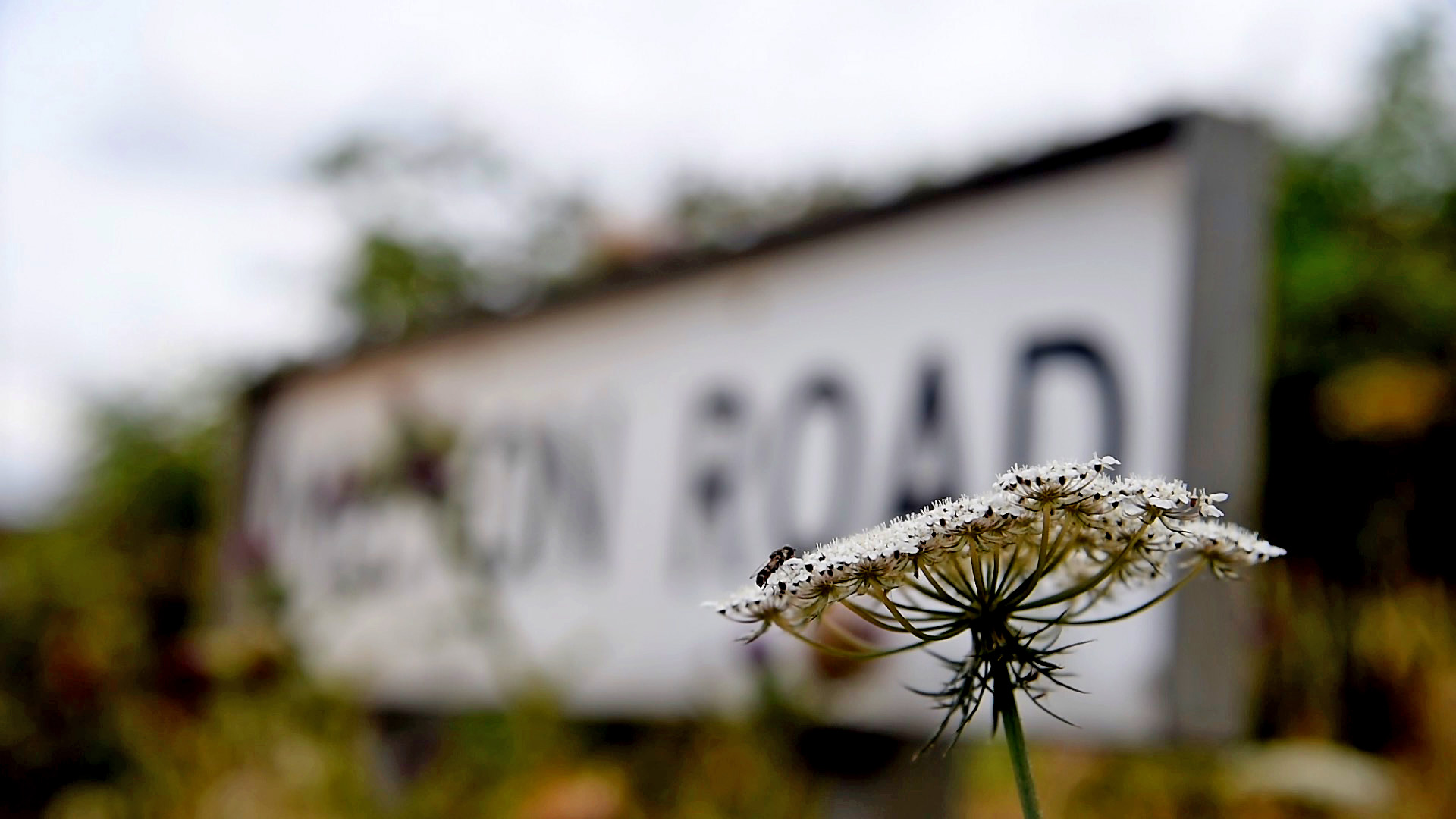
As part of its new grassland strategy, the city council has designated over 10 per cent – or 105 hectares – of its managed grassland as pollination sites. This includes the city’s network of 47 Bee Roads with their wildflower verges. These provide safe havens for wildlife and a green corridor connecting the city’s parks, meadows, and nature areas so that pollinators can disperse easily and safely.
Grasslands also have the capacity to help take carbon dioxide (CO2) from the atmosphere over time, by capturing it in the leaves and roots and, in the longer term, storing some of it in the soil below. This natural process is called carbon sequestration. Grass absorbs most CO2 most effectively when it is left to grow to between 10cm and 60cm tall and where there is a wider variety of grasses and wildflowers.
The new strategy sets out revised maintenance and cutting regimes for the city’s council-managed grassland. This will depend on set criteria for each site and will include botanical diversity, based on the quality and species of wildflowers and meadow grasses and their flowering seasons; the variety of pollinating insects and the types of wildflowers they are attracted to; and biodiversity net gain.
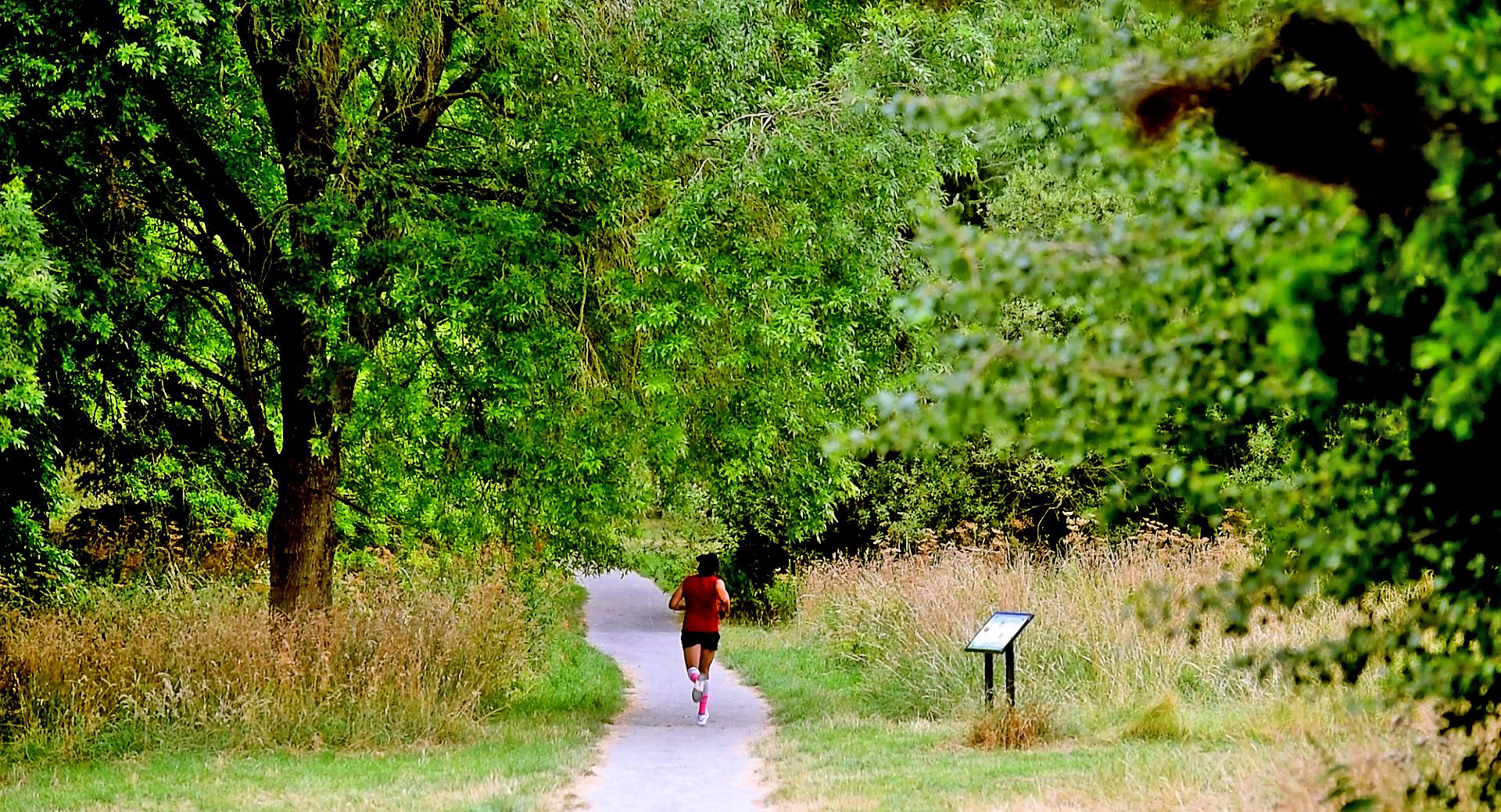
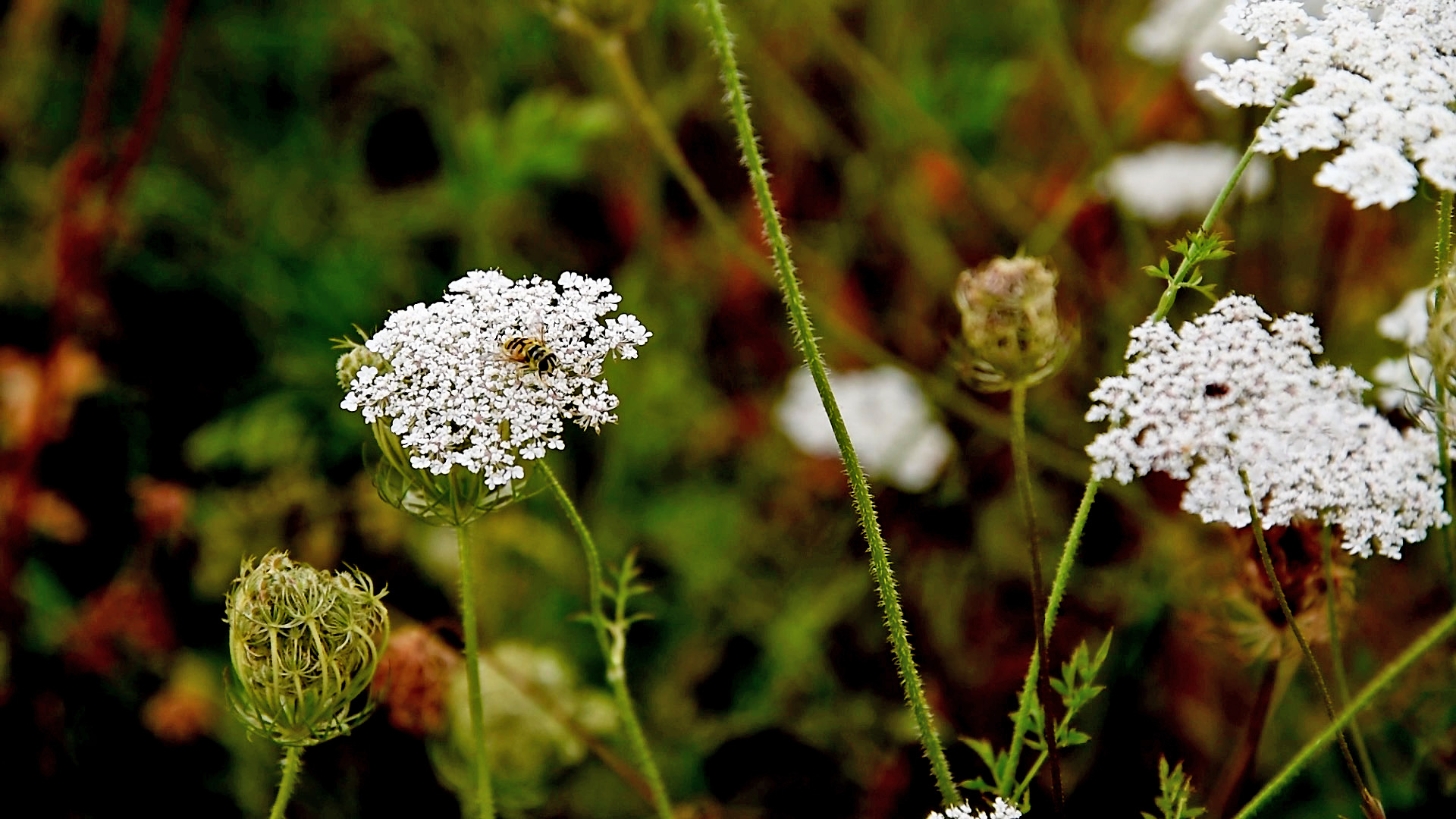
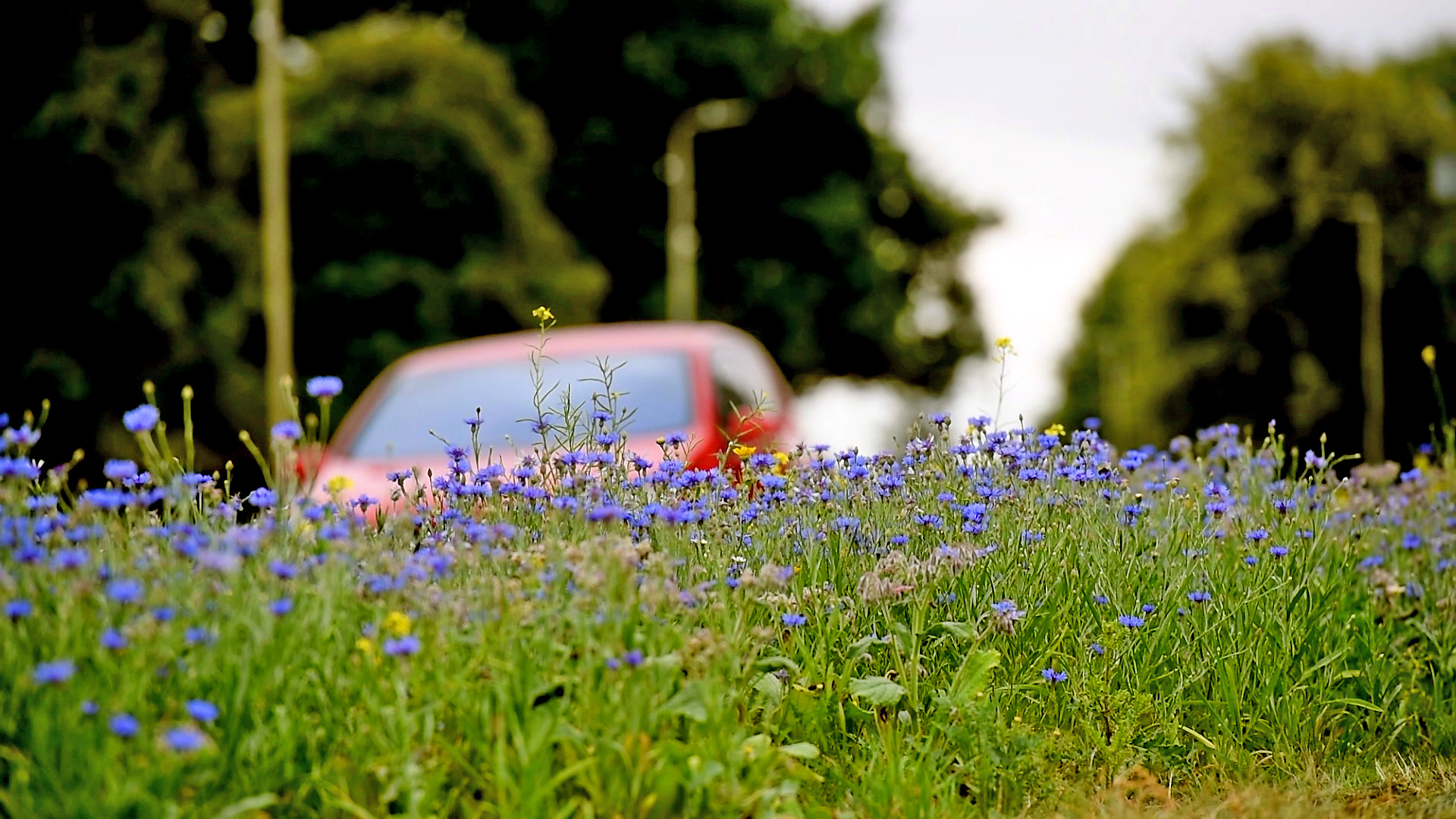
Different methods of maintenance and mowing will be used to improve biodiversity and optimise carbon storage, while still ensuring that the number of times grass is cut is appropriate to each setting.
For example, wildflower sites on verges and in suitable park grassland will be left to grow during the flowering season of March to October to create an attractive display of native and non-native plants and provide an important habitat.
Flowering lawns, deliberately planted with a mix of hardy wildflowers to improve biodiversity, will be cut up to six times a year. Naturalised grass areas will be cut once or twice a year, with clippings left to improve the habitats and hibernation sites for invertebrates and small mammals.
Sports pitches, formal lawns in parks and squares and other specialised grass areas will be mown as frequently as required.
All sites have been mapped and will be regularly reviewed and monitored for biodiversity gain.
Grass cutting regimes will also need to adapt to a changing climate, with wetter winters and hotter and drier summers. This means mowing may be delayed following extreme weather to allow grassland to recover and prevent any damage by machinery when the ground is saturated.
Deputy City Mayor Cllr Adam Clarke, who leads on transport, clean air and climate emergency, said: “This new grassland strategy reflects a growing recognition of the value of grassland and the contribution it can make to our city’s biodiversity and response to the climate emergency.
“We want people to realise that if they see longer grass on our parks and verges, this is an intentional change that will support wildlife and pollinators as well as helping the city achieve its net zero carbon goal.
“In some cases, it is also a necessity brought about by the changing climate and the much wetter winters and hotter summers. All of this means we need to continually review how we manage and enhance our grassland to ensure that we’re getting the greatest benefit from this valuable resource.”
To find out more about the grassland strategy visit www.leicester.gov.uk/content/grassland-strategy-2023-2033
